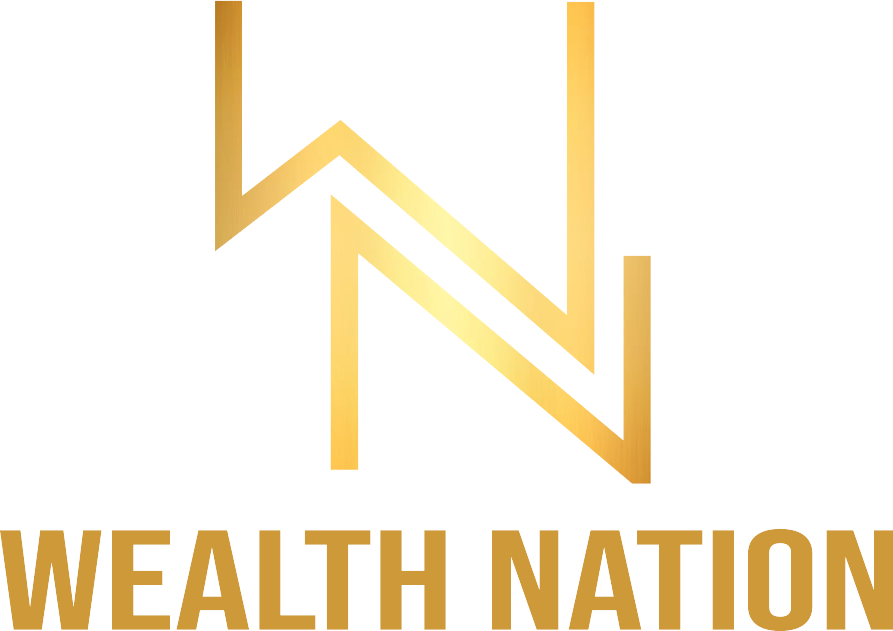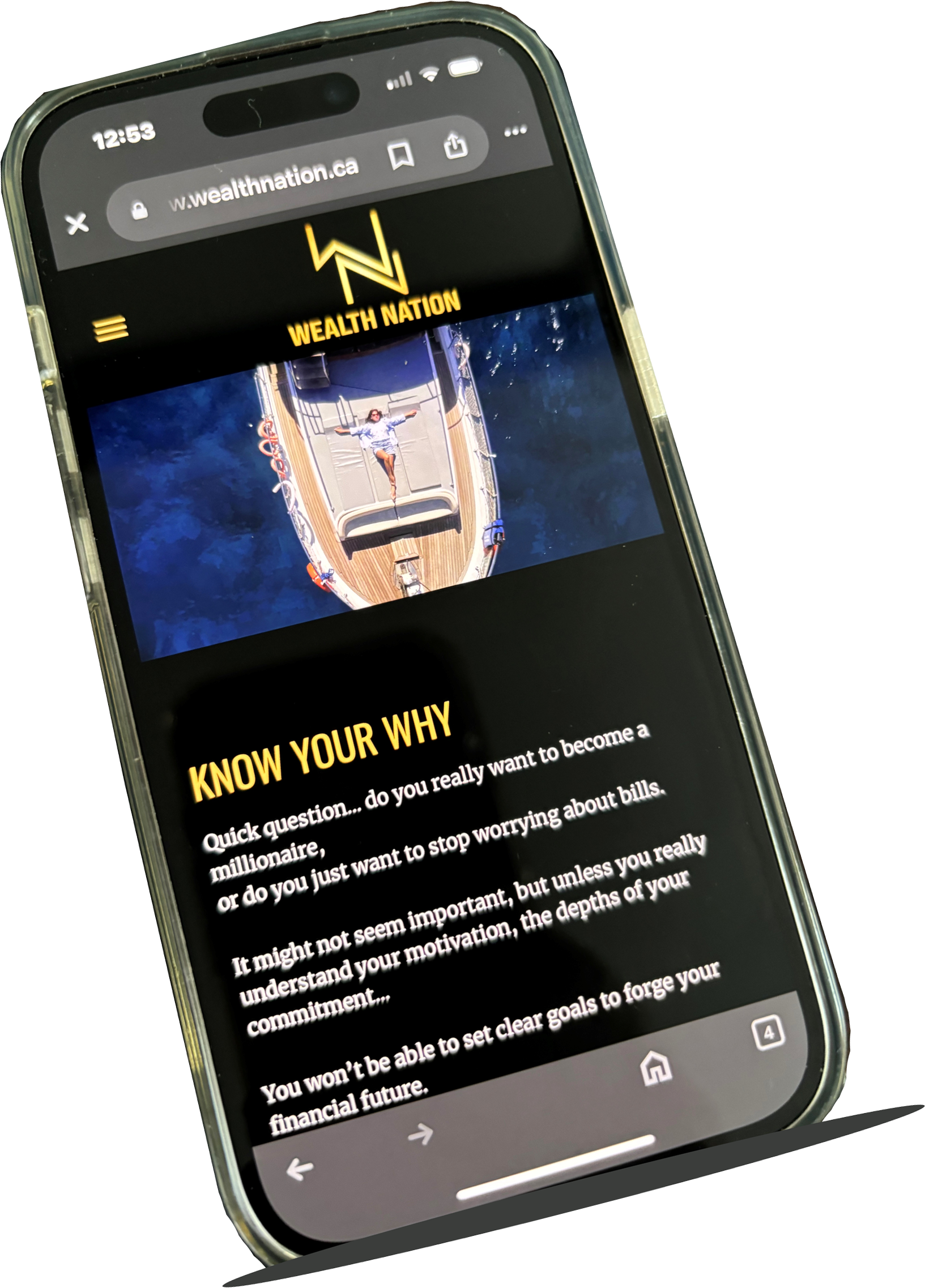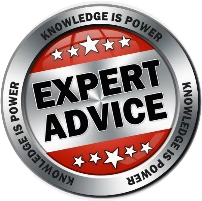What Motivates You
What is motivation?
At its core, motivation is the force that drives you to perform a task or behavior. It’s why you get up in the morning, brush your teeth, and go to work. You probably don’t notice your motivation until you feel like it’s not there anymore. But, in reality, many things drive you every day — even if you’re unaware of them.
In fact, it's the motivations we're unaware of that can have the biggest impact. Bringing them into the light, inspecting them and learning how to work with our different types of motivations helps us sail our boat rather than drift with the wind and current. It is a powerful practice.
So even though you feel apathetic right now, consider this: something motivated you to look up this article. You obviously want to get back in the groove. That counts for something.
The different types of motivation
We can boil things down to two motivational types: intrinsic and extrinsic. Both also have accompanying subtypes. Intrinsic motivation (or internal motivation) comes from within. It refers to when you do something for its own sake because it aligns with your interests, passions, or personal values.
These motivators come with internal rewards, like the feeling of knowing you’re following your life purpose. That means they hold a deeper meaning than other motivators, which can usually keep you focused on a goal for a long time.
Extrinsic motivation (or external motivation) refers to external factors that drive you to do something. For example, you could be motivated by extrinsic rewards or negative consequences. What you get is based on you accomplishing (or not accomplishing) a task.
Extrinsic motivators are temporary in nature, so they’re best used for short to medium-term projects. In fact, studies have shown that people experience a boost in motivation when they’re promised an immediate reward.
External motivation can look like students aiming to succeed in school because their grades reflect their performance. On the other hand, students who try to succeed in school because they’re genuinely interested in the content are intrinsically motivated.
How to use the types of motivation to your advantage
Motivations mean nothing if you can’t convert that drive into action. Here are some examples of how you can implement these types of motivation into your everyday life.
Goal-setting. Focusing on concrete goals is a great method for people motivated by achievement.
Tell people about your goals. For the socially motivated among you, telling people about your goals will keep you accountable.
Create a reward system. This is a perfect technique if you need an external incentive. In fact, you should always reward yourself for your wins.
Write about who you helped. If you're attitude-motivated, take time to reflect on who you made smile at the end of the day. Keep a journal as a record of happy moments.
Track your progress on a task. Doing so will remind you how well you’re doing.
Stay active. Exercise and taking care of your physical well-being are essential to your physiological needs. Achieving this goal will help you stay on top of the others.
Eat healthy food. Similar to exercise, your body needs good fuel to function at its best. Meet this need, and you will improve your performance.
Use a tracking app. Many apps will “gamify” tasks and goals. They’ll provide a virtual reward to extrinsically motivate you.
Looking forward
Different motivators work for different people. Knowing what drives you will help you “trick” your brain into being productive. You can set up a reward system to build new habits, boost employee motivation, or find work that is more meaningful to you.
Once you’re equipped with the right types of motivation, you can do it too. If you need extra support, we can help you get started. Together we can find out what motivates you, so you can rekindle the flame of inspiration.










